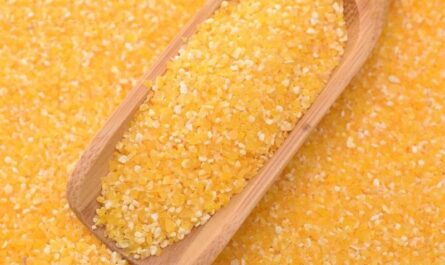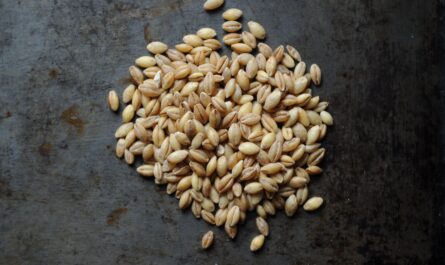Material Matters for Food Container
When it comes to properly storing food, the container you choose is just as important as how you store your goods. Plastic, glass, metal – they all have their pros and cons from a safety and environmental perspective. Choosing the right material based on the food item will help keep your ingredients fresher for longer while reducing waste.
Plastics rank high for convenience but should be viewed cautiously. Traditional plastics like polyethylene terephthalate (PET) and high-density polyethylene (HDPE) are lightweight, shatter-resistant and affordable. However, certain chemicals in plastics like bisphenol A (BPA) and phthalates that are used to make plastics hard and durable have been linked to health issues like altered hormone function when they leach out of containers into food over time. Opt for number 1 and number 2 plastics and microwave-safe plastics when possible.
Glass avoids chemical leaching but is heavier and prone to breaking. Mason jars, canning jars and tempered glass Food Containers are durable options that are BPA-free. Be mindful of heat resistance – standard glass can crack or shatter under extreme hot or cold. Borosilicate glass is less prone to thermal shock. Glass is fully recyclable at curbside.
Metal containers like stainless steel are naturally BPA-free and can withstand high heat, but they are heavier. Aluminum can react with acidic foods like tomatoes if anodized or coated improperly on the inside. Check that the interior is specified as food-grade. Both metal types are highly recyclable.
Fabricating Smarter Storage Strategies
Reusable shopping bags and mesh produce bags replace wasteful plastic grocery sacks. Durable nylon and canvas bags can be reused for years, and mesh bags allow produce to “breathe” in the refrigerator.
Mason jars or jar lids provide an eco-friendly substitute for plastic containers and seals in a variety of sizes. Their wide-mouth design makes scooping and cleaning easier than narrow containers. Preserve homegrown foods by canning in recycled glass jars.
Divide and conquer leftovers or meal prep components with compartmentalized bento-box style containers. Individual sections mean no cross-contamination between foods like proteins and salads. Stackable rubbermaid containers and snap lock freezer boxes keep contents organized.
Silicone and beeswax wrapping clings to shapes of foods like fruit, breads, cheeses or cuts of meat to replace plastic wrap and baggies. Their permeability allows breathability unlike plastic. Wash and reuse up to a year.
Prioritizing freshness with fruit and Food Container
Extend the lifespan of leafy herbs by standing them in water like flowers in a vase on the counter, changing the water every few days. Or place damp paper towels in snap lock bags with herbs.
Store potatoes, onions and garlic in a cool, dry place with good airflow rather than the fridge which causes them to sprout prematurely. A basket in the pantry is ideal.
Keep tomatoes and avocados on the counter, away from direct sunlight until ripe. Then transfer to the fridge to maintain ripeness for a few more days. Their high moisture content makes them prone to chilling injury in the fridge before ripe.
Wrap brown bananas singly in newspaper to allow them to continue ripening on the counter. The paper contains the ethylene gas they emit to hasten the ripening of their neighbors. Eat them once spotted or transfer to the fridge to slow additional ripening.
With some planning and substituting materials like reusable containers, cloth wraps, jars and mesh produce bags, it’s possible to minimize single-use plastic food packaging waste. Choose storage methods that maximize freshness while reducing environmental impact. Becoming more mindful about the containers you use can help build sustainable habits in the kitchen and lower household contribution to plastic pollution. With the right techniques, you can nourish your family and the planet responsibly.
*Note:
1.Source: Coherent Market Insights, Public sources, Desk research
2.We have leveraged AI tools to mine information and compile it
About Author - Ravina Pandya
Ravina Pandya,a content writer, has a strong foothold in the market research industry. She specializes in writing well-researched articles from different industries, including food and beverages, information and technology, healthcare, chemicals and materials, etc. With an MBA in E-commerce, she has expertise in SEO-optimized content that resonates with industry professionals. LinkedIn Profile



